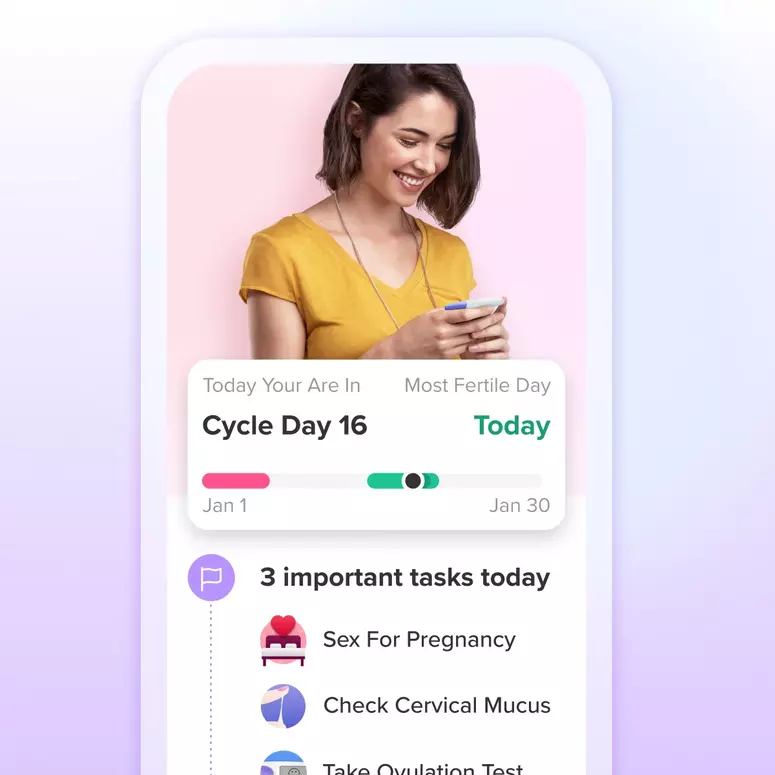Welcoming a newborn into the world is an incredible experience, but it can also come with challenges, especially when it comes to soothing a crying baby. As a new parent, it’s natural to feel overwhelmed and seek guidance on how to provide comfort to your little one. In this article, we will explore seven effective ways to calm a crying newborn, ensuring both your baby’s well-being and your peace of mind.
1. Create a Calm and Soothing Environment
One of the first steps to comforting a crying newborn is to create a calm and soothing environment. Infants are highly sensitive to their surroundings, so minimizing external stimuli can help alleviate their distress. [1] Dim the lights, reduce noise levels, and consider using a white noise machine or soft lullabies to create a peaceful atmosphere. This serene setting will help your baby relax and settle down.
2. Swaddle Your Baby
Swaddling is an age-old technique that mimics the cozy environment of the womb and can work wonders in soothing a fussy newborn. Wrap your baby snugly in a soft blanket, ensuring their arms are securely tucked in. The gentle pressure and warmth from swaddling provide a sense of security and can help your baby feel calm and comforted.
3. Utilize Gentle Touch and Massage
The power of touch should never be underestimated when it comes to comforting a crying newborn. Gentle caresses, strokes, and soothing massages can help your baby relax and release tension. Use gentle, rhythmic motions on their back, limbs, or tummy to provide comfort. Remember to use baby-safe oils or lotions, and always be responsive to your baby’s cues to ensure they feel safe and loved.
4. Try Pacifiers or Sucking Mechanisms
Babies have a natural instinct to suckle, and providing them with a pacifier or a clean finger to suck on can offer instant comfort. [2] Sucking helps babies self-soothe and can calm their crying spells. Ensure that pacifiers are age-appropriate, clean, and in good condition. However, it’s important to note that introducing pacifiers should be done in moderation and with consideration for breastfeeding practices.
5. Engage in Skin-to-Skin Contact
Skin-to-skin contact, also known as kangaroo care, is a bonding technique that offers numerous benefits for both parent and baby. Holding your naked baby against your bare chest promotes warmth, security, and an emotional connection. Skin-to-skin contact has been shown to regulate a baby’s heart rate, body temperature, and reduce crying. This practice can be particularly helpful for soothing a distressed newborn.
6. Utilize White Noise or Shushing Sounds
White noise or shushing sounds can effectively recreate the familiar sounds heard in the womb and help calm a crying baby. The consistent noise acts as a soothing distraction and provides a sense of comfort. Consider using white noise machines, smartphone apps, or even a gentle shushing sound near your baby’s ear to replicate the familiar and comforting environment they were accustomed to in utero.
7. Be Responsive and Seek Support
Being responsive to your baby’s needs and cues is crucial when comforting a crying newborn. Respond promptly to their cries with love and care. Remember that each baby is unique, and what works for one may not work for another. If you find yourself struggling to soothe your baby or feeling overwhelmed, don’t hesitate to seek support from your pediatrician, lactation consultant, or a trusted parenting community. Remember, you are not alone in this journey!
Comforting a crying newborn can be a challenging task for new parents, but with patience, love, and these effective strategies, you can provide the comfort your baby needs. Creating a calm environment, swaddling, using gentle touch, offering pacifiers, engaging in skin-to-skin contact, utilizing white noise, and being responsive are all valuable techniques to soothe your newborn. Remember, every baby is unique, so be patient and trust your instincts as you navigate this beautiful journey of parenthood.
Sources
[1] https://www.ncbi.nlm.nih.gov/pmc/articles/PMC2854550/
[2] https://www.ncbi.nlm.nih.gov/pmc/articles/PMC4462418/




